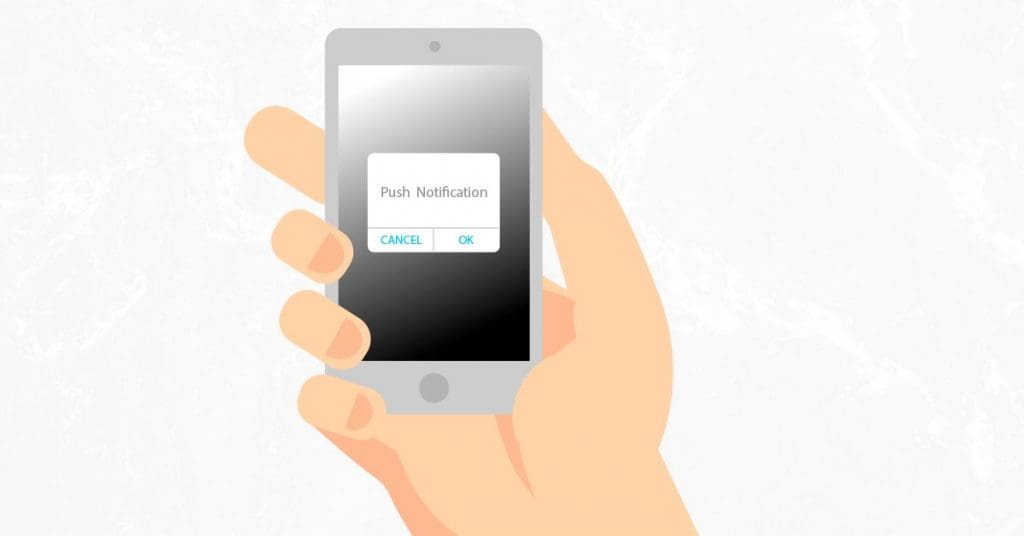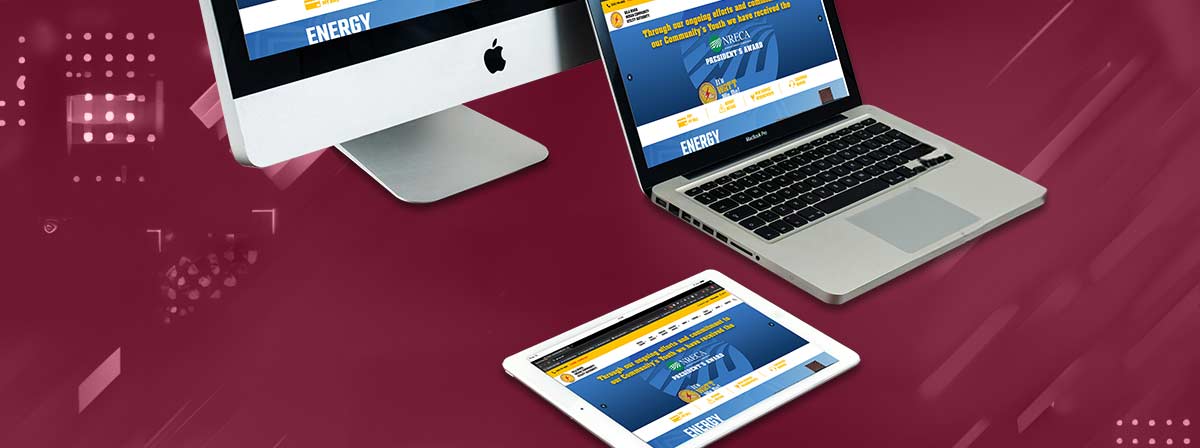CALL: 985-200-4333
Pushing Forward in Smartphone Marketing

All Smartphone users are starting to notice something strange about their phones. You leave work on a regular workday; your phone alerts you that you are 12 miles from home and it’s ready to navigate you through the traffic. It gets even spookier! You go to the gym every Wednesday for a spin class, and before you leave, your phone has caught on that you are going to the gym. Don’t worry, your phone didn’t hear you cancel your plans with your friends because you are going to the gym. It’s all about location services.
30% of the smartphone-using population is already using location-based marketing services, and 80% of them want to get location-based alerts from businesses like yours. A geofence is a virtual perimeter that you can draw around any location on a map and then target customers that enter that area. Hardware, referred to as beacons, target customers as they arrive, leave, and dwell in the location where you set them up. These beacons are ideal for proximities or knowing if someone is near a particular product. Beacons are best suited for larger areas so that companies can gauge if someone is walking by your store, a competitor’s store, or into a particular location.
More and more companies have started developing apps for their customer base. Starbucks launched their app to cater to customer rewards and mobile ordering. American Eagle sets up a geofence around shopping malls to draw more customers into their store. Netflix gives updates on what shows are streaming when they are released. Successful companies must adapt to stay ahead of the changing tides of consumer needs. They are utilizing the most significant advancement in geofencing and interactive marketing campaigns: push notifications.
A push notification is a message that pops up on a mobile device via an app. In 2015, push notifications changed from general push notifications to segmented push notifications. Segmented push notifications target users based on their preferences. They can show the latest sports scores, get a user to take action such as downloading a coupon or let a user know about an event. Many brands are looking at push notifications instead of e-blasts because of the clutter that most email users have to sort through on a daily basis. Push messaging may eventually replace email marketing altogether. Therefore, marketers must remember the rule of value exchange. While consumers do like coupons and discounts, they don’t want apps to bombard them with messages continually.
Powerful and effective push notifications are brief, eye-catching, and infrequent too often. Most users that are overwhelmed by push notifications too often will delete apps completely. It’s exciting to see new technology being utilized creatively and making our lives easier! Do you think that push notifications are useful or annoying?













